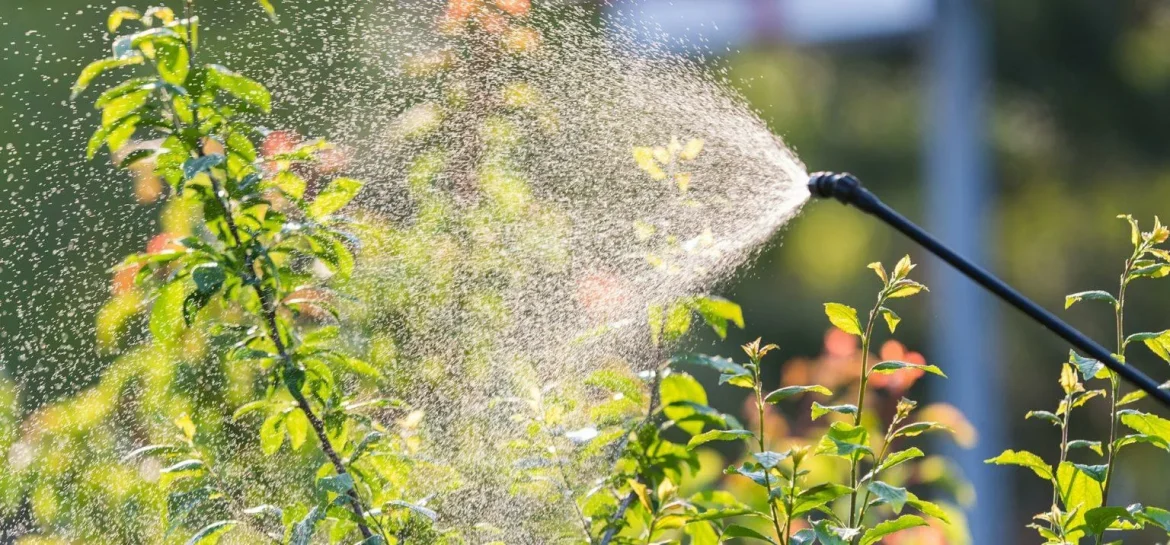Sustainable gardening focuses on reducing environmental impact while creating productive, healthy gardens. This approach emphasizes resource efficiency, biodiversity, and eco-friendly practices. Urban gardening adapts these principles to limited spaces, allowing city dwellers to grow food, herbs, and ornamental plants in balconies, rooftops, and community plots.
Water conservation is a critical aspect of sustainable gardening. Techniques include rainwater harvesting, drip irrigation, and mulching to minimize evaporation. Selecting drought-tolerant or native plants reduces water demands and ensures survival in challenging climates. Reusing greywater for irrigation and collecting rainwater also supports sustainable resource use.




